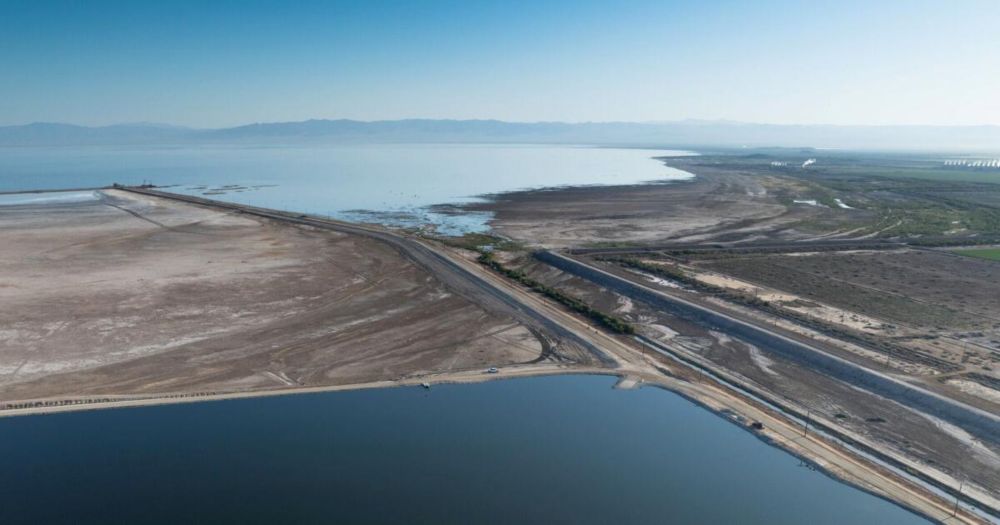 04.06.2025 22:58 — 👍 7 🔁 2 💬 1 📌 1
04.06.2025 22:58 — 👍 7 🔁 2 💬 1 📌 1
Marcelo Ardon
@ardonlab.bsky.social
We study wetlands and streams.
@ardonlab.bsky.social
We study wetlands and streams.
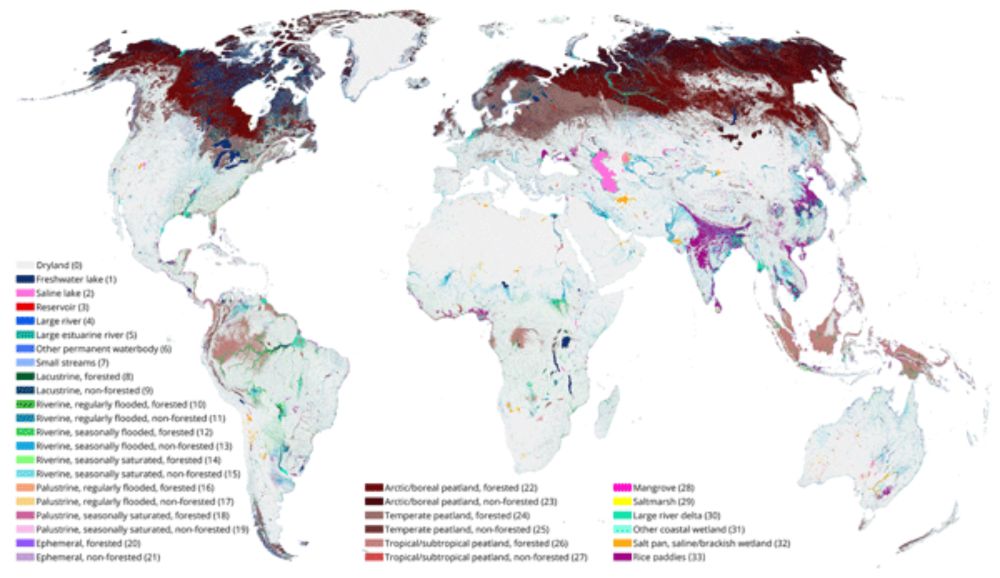
A fantastic new mapping product for the world's inland waters, a critical driver for studying GHG emissions, biodiversity, and much more.
Mapping the world's inland surface waters: an upgrade to the Global Lakes and Wetlands Database (GLWD v2)
essd.copernicus.org/articles/17/...
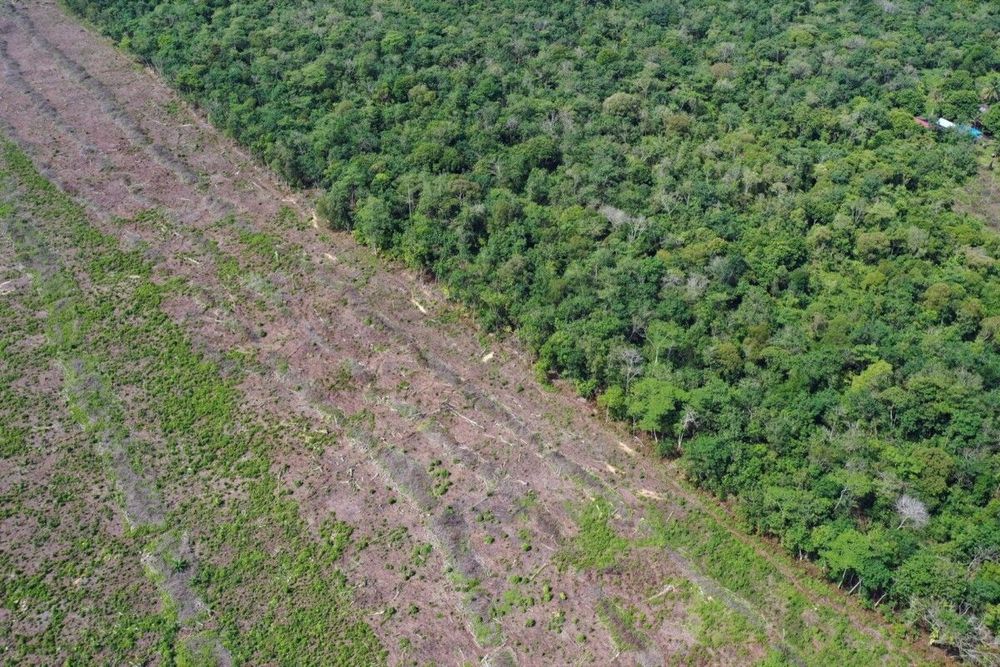
Peatlands are one of the world’s biggest carbon sinks. Despite covering just 3-4% of Earth’s land surface, they’re thought to store more carbon per area than the world’s forests combined.
In honor of World Peatland Day on June 2 here's three recent Mongabay stories on this critical ecosystem...
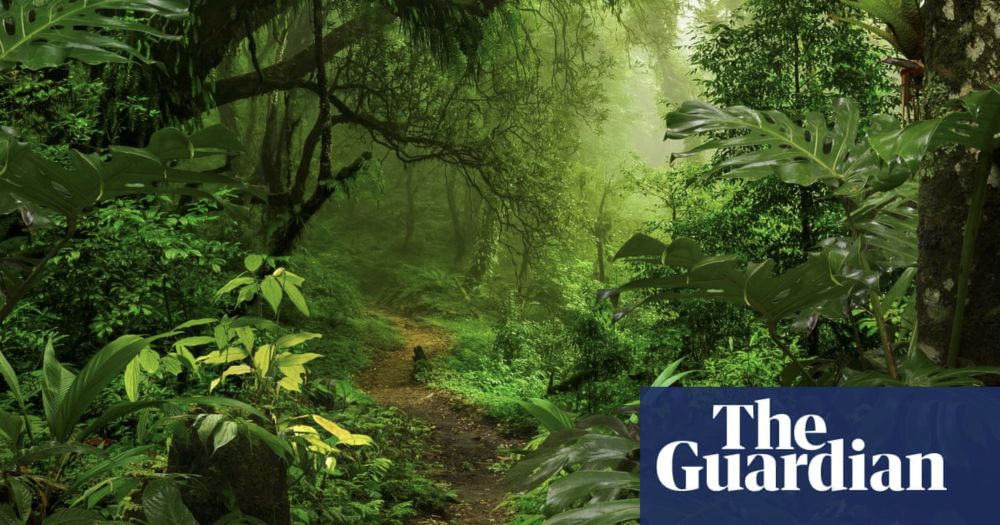
When warnings of Insectageddon were issued a few years ago, there was widespread denial. Less so now. It's devastating. www.theguardian.com/environment/...
03.06.2025 09:12 — 👍 2216 🔁 1250 💬 83 📌 143Agree with the previous comments. You can try three times, and if you don’t succeed you can always submit it to the general programs. And you can turn it into a paper.
31.05.2025 18:59 — 👍 1 🔁 0 💬 0 📌 0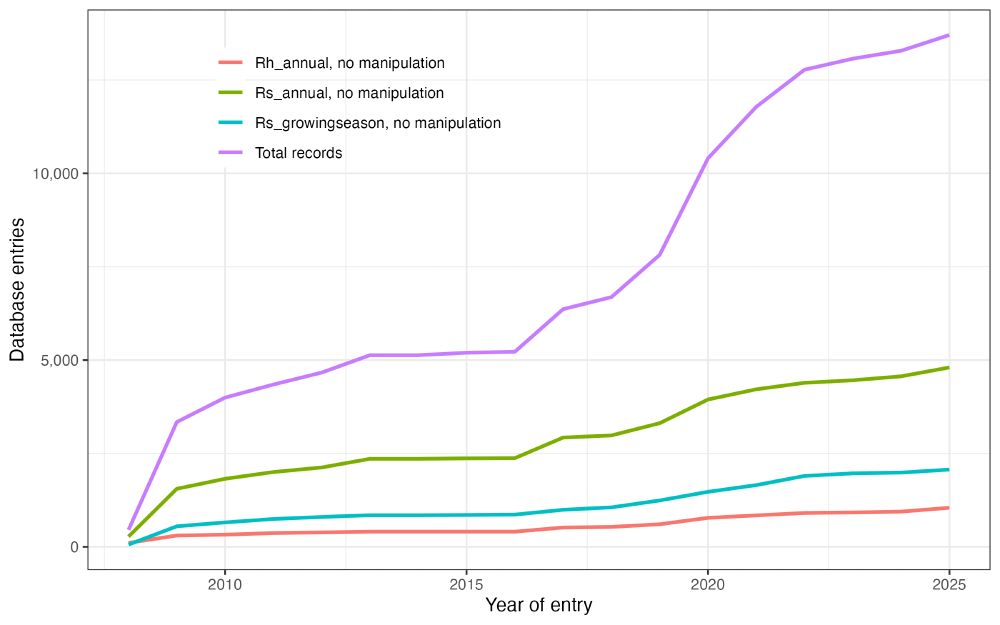
A graphing showing the number of database records for soil respiration raising over time
I used the loooong flight home from #EGU25 to finalize and push a new release of the freely-available Soil Respiration Database github.com/bpbond/srdb/ #openscience
04.05.2025 11:47 — 👍 33 🔁 6 💬 1 📌 0
We’re mobilizing scientists to protect NOAA and we need you too. Get involved:
26.02.2025 21:02 — 👍 150 🔁 70 💬 1 📌 4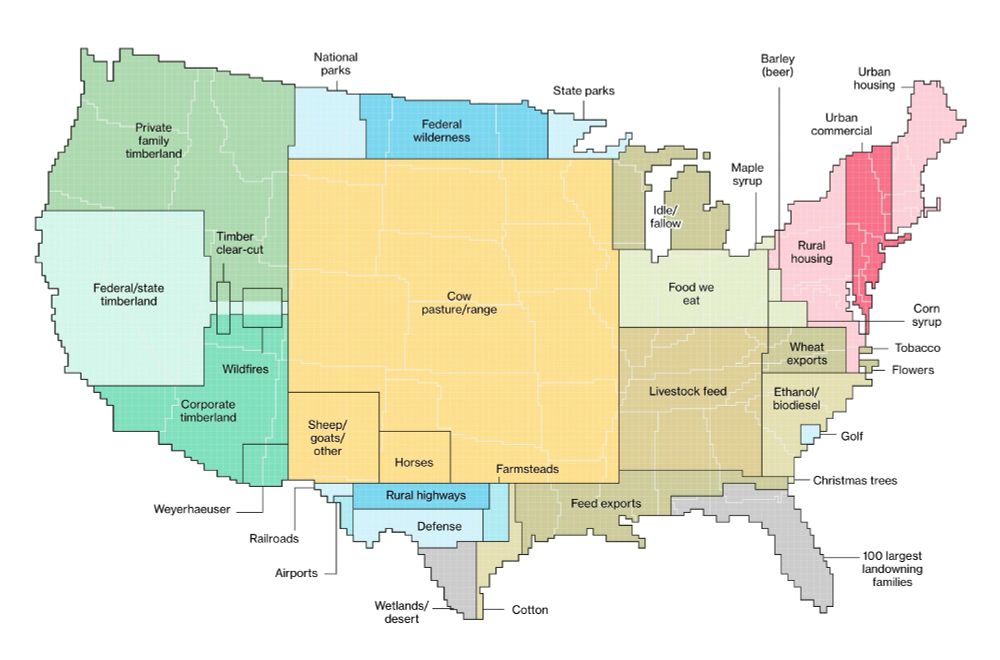
This is a cartogram map of the United States depicting land use by different categories. The map distorts state shapes to represent proportional land usage. Key land use types include cow pasture/range (covering much of the central U.S.), private and federal timberland in the Pacific Northwest, corporate timberland in the Southeast, and urban housing/commercial areas in the Northeast. Other categories include agriculture (livestock feed, wheat exports, ethanol/biodiesel, cotton), protected lands (national parks, federal wilderness, state parks), and infrastructure (railroads, airports, highways). Additional specialized land uses include wildfires, golf courses, Christmas tree farms, and maple syrup production.
I think about this map a lot.
www.bloomberg.com/graphics/201...
This is amazing 😍😍 @500womensci.bsky.social has made cards for each state on funding for NSF and NIH avail for download bit.ly/NSF_bystate & bit.ly/NIH_bystate if they are helpful for folks
19.02.2025 11:06 — 👍 272 🔁 177 💬 12 📌 21
Graduating during the pandemic slowed down my process and is part of why I did two postdocs. Now as a first year faculty, all the federal grants are frozen. I love the work I do but this has all of us questioning how much www.science.org/content/arti...
24.02.2025 23:26 — 👍 2736 🔁 543 💬 71 📌 23
The office door of my colleague, fired from his job with no notice. His nameplate is covered in black paper.
168 colleagues lost yesterday, 6 in Earth Sciences alone. Today we grieved. And strategized. www.npr.org/2025/02/18/n...
20.02.2025 01:16 — 👍 563 🔁 121 💬 10 📌 3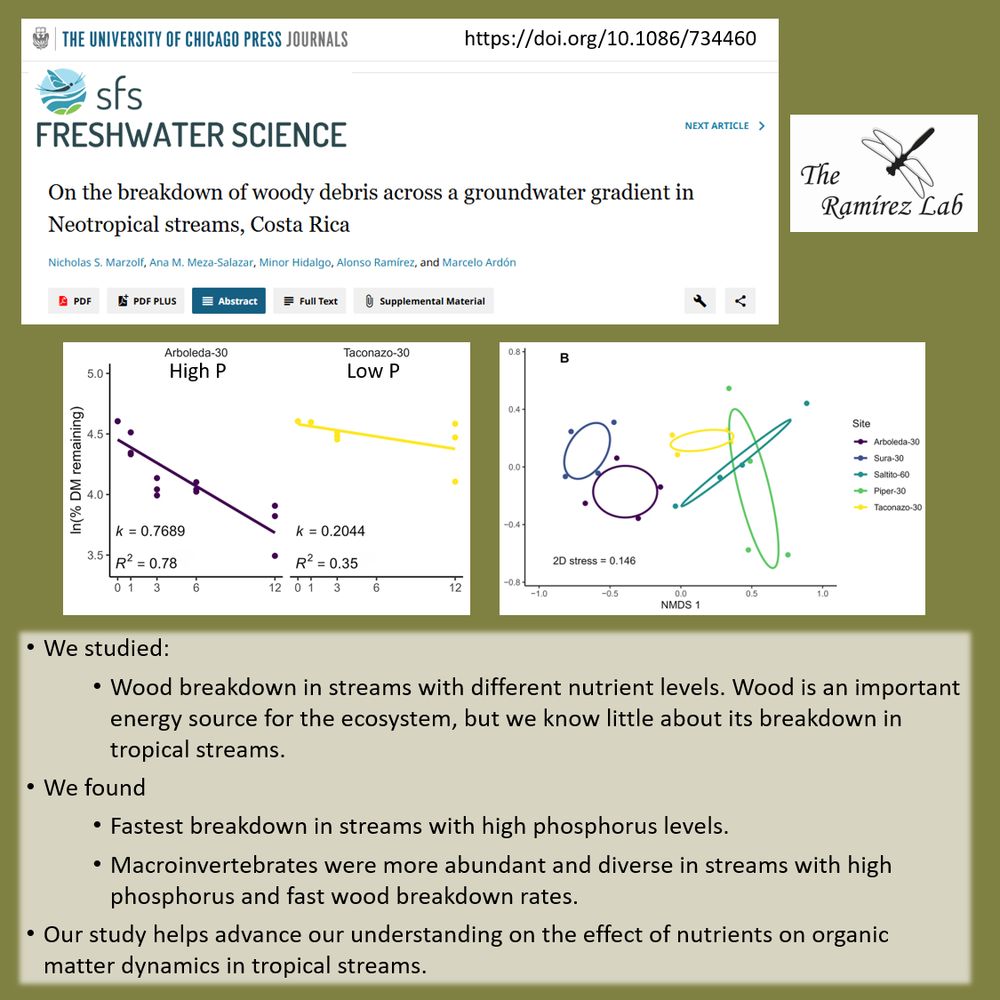
Woody debris breaks down faster in tropical streams with high phosphorus.
Marzolf et al. 2025. On the breakdown of woody ... in Neotropical streams, Costa Rica. Freshwater Science
www.journals.uchicago.edu/doi/10.1086/...
@nickmarzolf.bsky.social @ardonlab.bsky.social @alonsoramirez.bsky.social
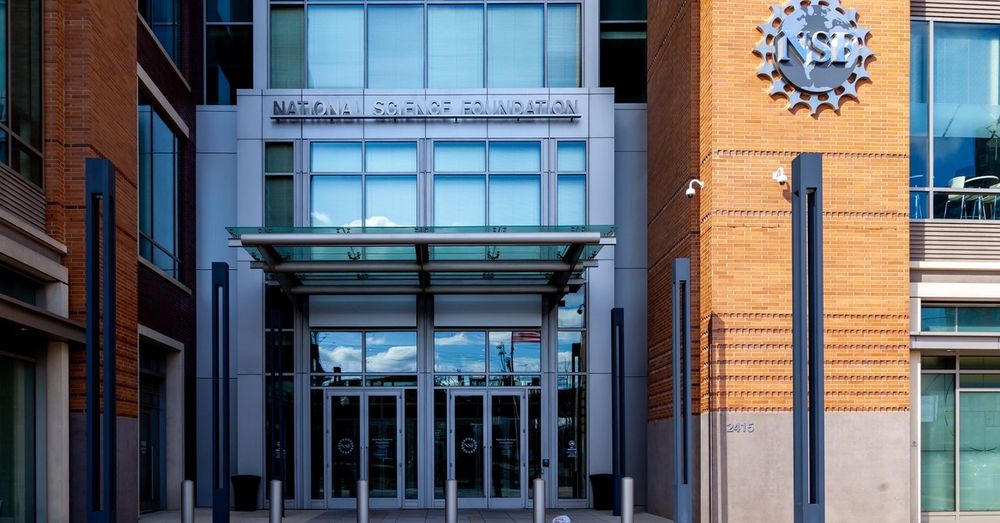
"their value to the nation is no longer required” 🤬 www.wired.com/story/nation...
18.02.2025 18:49 — 👍 13 🔁 11 💬 1 📌 1So a former postdoc from our department had just started as a PO at NIH and was terminated in the wave of terminations last week. He is in the research triangle and a phenomenal scientist with expertise in stress and glia. If anyone in the RTI is hiring asap please let me know! #neuroskyence
16.02.2025 21:46 — 👍 1221 🔁 414 💬 21 📌 6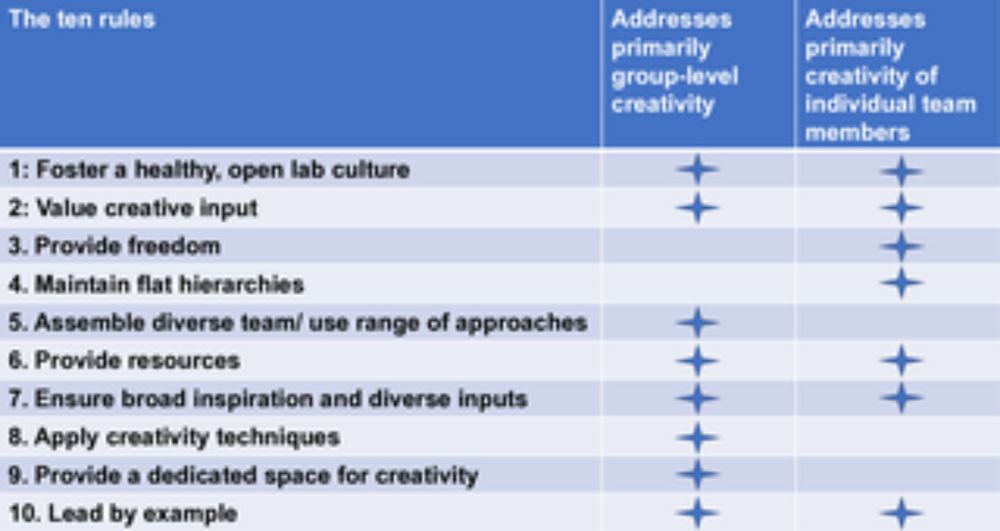
Happy to share that my paper on creativity in research labs is out in the "Ten Simply Rules" article series.
Ten simple rules for fostering creativity in research labs
I hope you find it to be useful.
#AcademicSky
journals.plos.org/ploscompbiol...
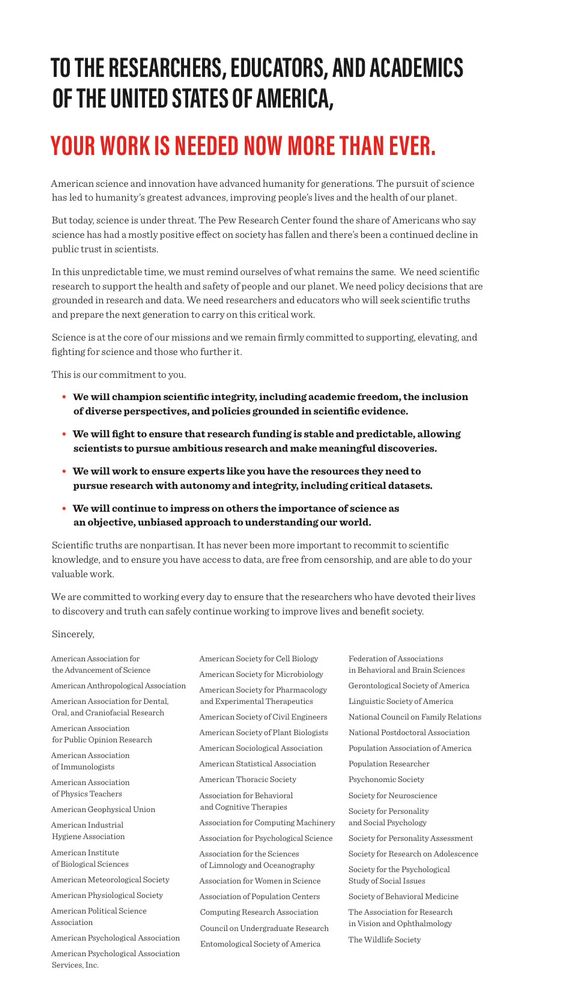
Professional societies stand together in defense of science & scientists.
“science has led to humanity’s greatest advances, improving people’s lives & the health of our planet … (we’re) committed to supporting, elevating, & fighting for science & those who further it.“
www.unitedsciencealliance.org
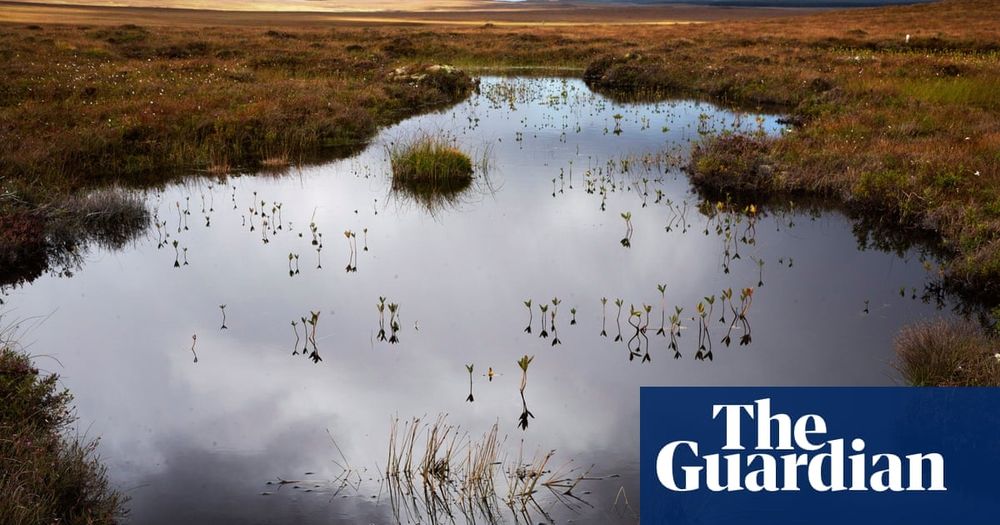
Draining the world's peatlands for farming and mining is releasing so much CO2 that if it was a country, it would be the 4th biggest polluter in the world after China, the US, + India.
And the associated losses in biodiversity are vast.
www.theguardian.com/environment/...
We are looking for two postdocs for a synthesis project focused on soil carbon dynamics and warming experiments. If you are excited about applying ML and process-based models to synthesize mechanisms of temperature sensitivity of soil respiration, please apply!
lnkd.in/dV2wuGSe
lnkd.in/diZiM9HV
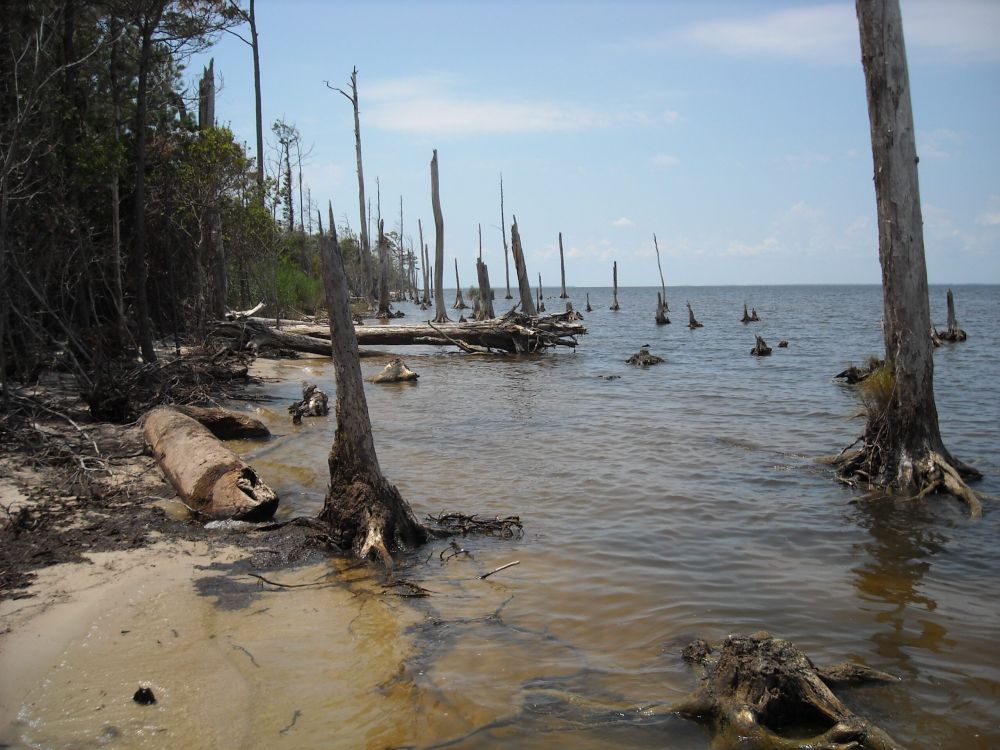
New on the Latitude blog: we talk to the @ardonlab.bsky.social about their recent PLOS Climate article, which looks at how climate change and sea level rise are affecting the ecology and carbon balance of forests along the US East Coast
latitude.plos.org/2025/02/behi...

I've been seen lots of feckless despair and detachedness among scientists in the US at the moment. How we might live up to this critical moment when things seem the worst.
scienceforeveryone.science/p/how-ive-be... 🧪
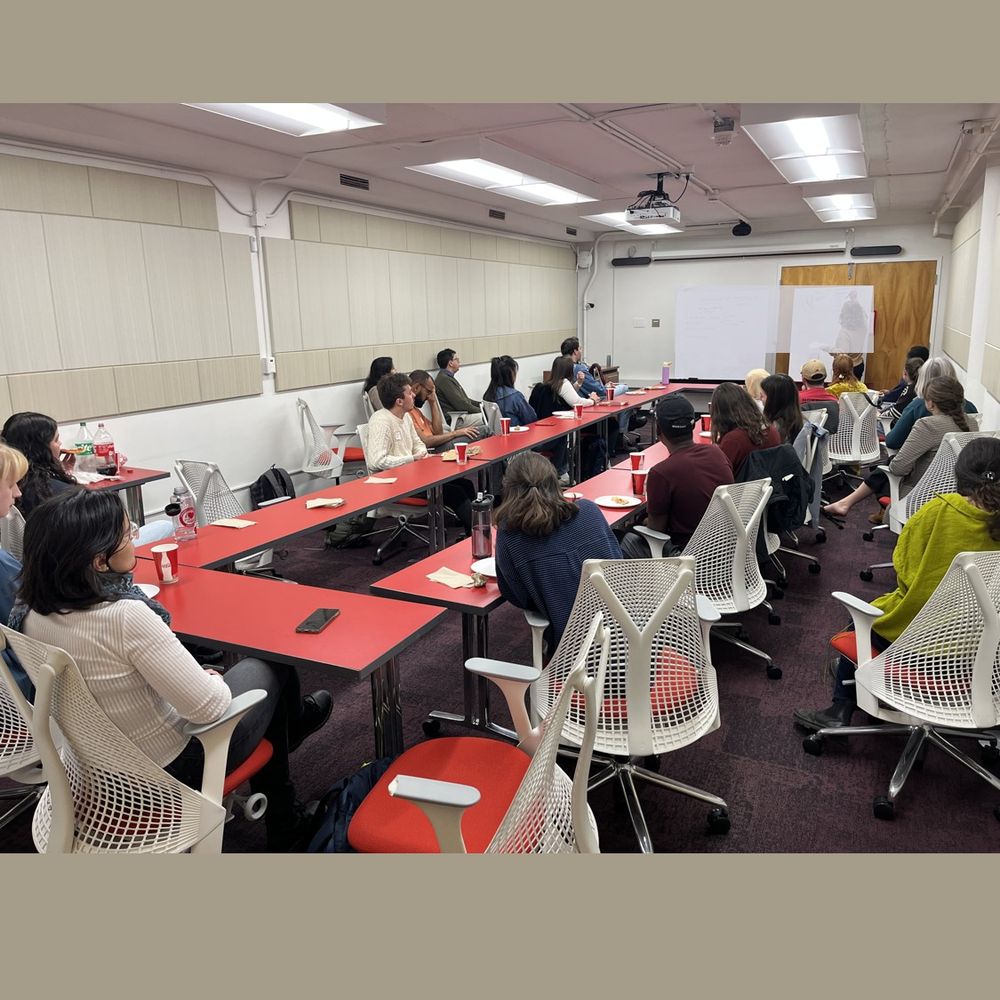
Sharing a passion for freshwater science- We spent an evening meeting people from different institutions in NC that work in aquatic ecosystems and talking about freshwater ecosystems
This was part of the "Converge Freshwater Science Series" hosted at #NCSU
@ardonlab.bsky.social @agdelv.bsky.social

A graph of atmospheric carbon dioxide concentrations at the Mauna Loa observatory, Hawaii, from 1958 to 4th February 2025. It shows carbon dioxide levels rising at an accelerating rate over the decades. This is known to be due to emissions of carbon dioxide from human activity, mainly fossil fuel burning but also deforestation. The first CO2 concentration value in March 1958 was 315 parts per million (ppm). The latest daily value is 426 ppm. The graph also shows a seasonal cycle of a few ppm within each year, which is known to be linked to the growing season in the northern hemisphere causing a temporary uptake of carbon in spring and summer and release in autumn. The graph is produced routinely by the Scripps Institution of Oceanography, UC San Diego.
Although NOAA's page on atmospheric CO2 levels has vanished, you can still get this vital information from Ralph Keeling's team at the Scripps Institution of Oceanography, UC San Diego keelingcurve.ucsd.edu
Please follow bsky.app/profile/keel... for updates and share
Don't let science be hidden
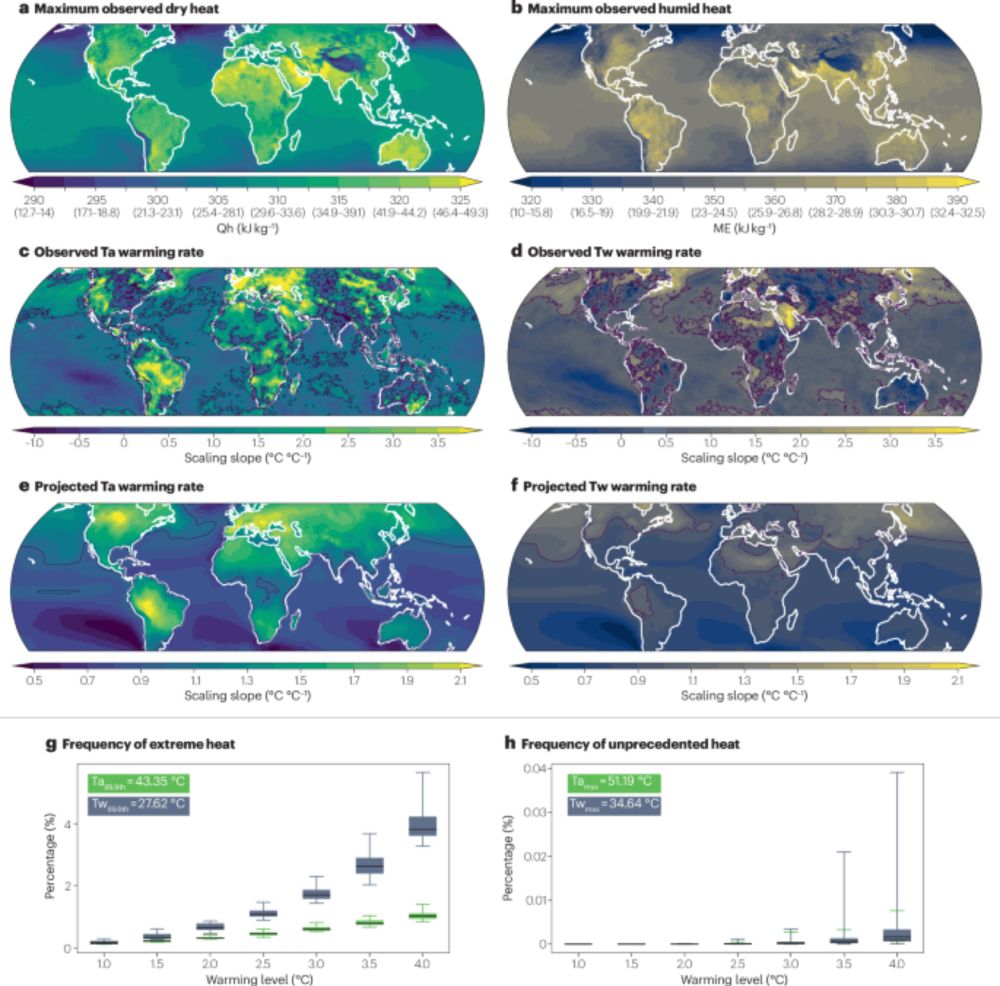
At least we don't have to read about this on a federal government website:
At 2°C of warming, the area on Earth that is too hot for humans will triple. This is fine. 🔥🧪
I can’t wait for the second round of search terms: climate, sea level, etc. For all you scientists (and you know who you are) who think you won’t be affected because your broader impacts are amazingly still limited to training grad students and chatting to K-12 kids, this won’t stop at one list.
04.02.2025 11:34 — 👍 17 🔁 8 💬 1 📌 0Wetlands are vital for #biodiversity, including as critical habitats for many migratory species.🐦🌍🧪
— @ipbes.bsky.social #LandDegradation Assessment
Yet, many of these #wetlands are now threatened.
Learn how wetlands support biodiversity with Ramsar for #WWD2025:
www.worldwetlandsday.org

Constructed wetlands do a good job in their early years of capturing carbon in the environment that contributes to climate change—but that ability does diminish…
phys.org/news/2025-01...
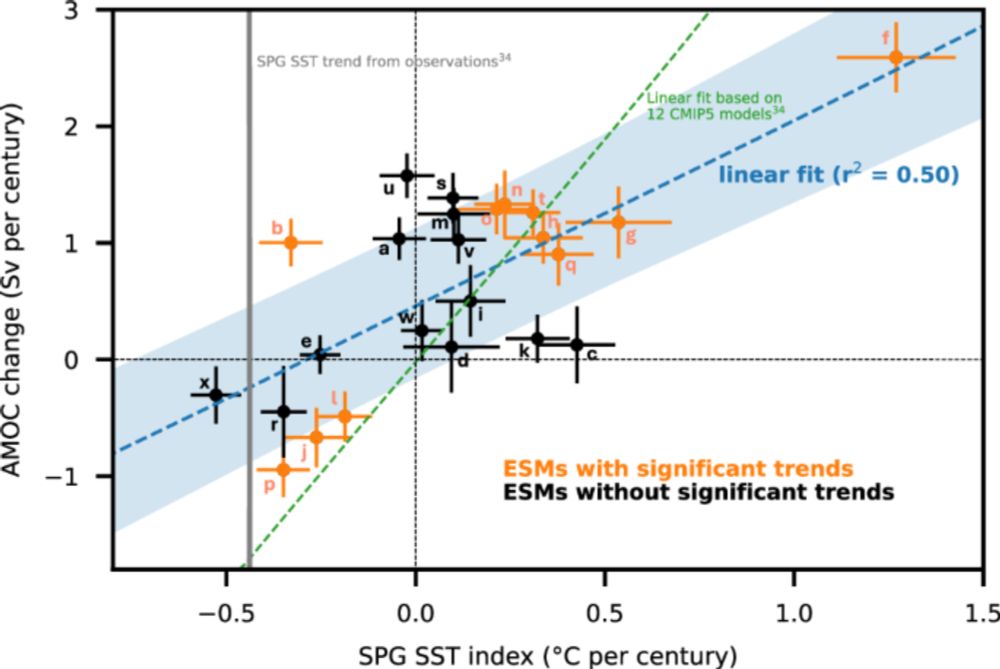
Has the Atlantic Meridional Overturning Circulation (AMOC) weakened over the last decades? In our new study, we combine state-of-the-art CMIP6 models and observation-based estimates of the air-sea heat flux in the North Atlantic to show that the AMOC has not declined since the 1960s! 🌊
15.01.2025 10:10 — 👍 451 🔁 162 💬 25 📌 58